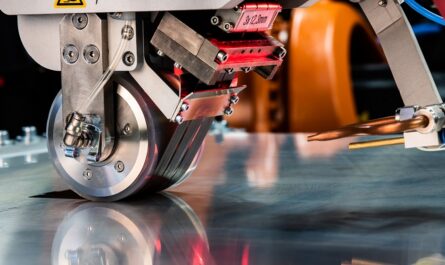History and Development
Cable cars and ropeways have a long history dating back to the late 19th century when the first cable car systems were developed to transport ore from mines high in the Swiss Alps. Some of the earliest cable car systems came into operation in the 1880s and 1890s providing essential transportation links across steep mountainous regions. Over the subsequent decades, cable car and ropeway technology evolved tremendously with new designs and advancements improving carrying capacity, speed and overall efficiency. After World War 2, there was renewed interest and investment in cable propelled transport systems globally as they provided a cost-effective solution for transportation needs in difficult and mountainous terrains.
Types of Cable Car and Ropeway Systems
There are different types of cable operated systems suitable for varied terrain and transportation requirements:
Aerial tramways transport passengers in cabins suspended from a continuously moving steel cable. They are capable of spanning long distances across valleys. Some of the world’s longest aerial tramway routes are over 10km in length.
Funitel systems operate similar to aerial tramways but use two steel cables instead of one for added safety. They are capable of transporting more passengers per hour compared to conventional aerial lifts.
Chairlifts transport people in chairs attached to a constantly moving overhead cable loop. They are best suited for relatively short haul routes often seen at ski resorts transporting people uphill.
Gondola lifts carry passengers in larger cabins suspended from cables. Some modern systems have the capacity to transport over 3000 people per hour. They are suitable for medium-length urban and mountain commuter routes.
Pulsed cable cars operate on the same principle as conventional aerial lifts but the cabins are accelerated and braked as per demand instead of moving continuously at a steady pace. This increases overall transport efficiency.
Technology Advances and Improved Performance
Over the past few decades, considerable technological advances have improved the performance and increased the capacities of cable car and ropeway systems. Important developments include active tensioning systems that help regulate cable tension automatically, advanced electronic controls for smooth operations, lighter but stronger composite materials for cabins and masts, optimized drivetrain systems, enhanced safety features such as redundant braking, and improved design of stations and terminals. More powerful yet energy efficient drives now allow high throughput while reducing operating costs. Automation technologies are also playing a growing role in operations and maintenance. All these innovations have made ropeways faster, more comfortable and economical to build and operate across rugged terrain where conventional roads may not be feasible.
Applications Beyond Mountains
While initially developed for mining and mountain transportation needs, cable cars and ropeways are now used globally for varied passenger and goods transportation applications beyond just mountains. In many urban areas faced with land constraints, cable propelled systems provide an effective three-dimensional transportation solution to overcome distances. Some of the largest urban cable car networks are now operational in cities like Rio de Janeiro, Bolivia and Medellín transporting thousands of commuters daily. At some mega tourist destinations, well-designed cable car networks have significantly reduced road traffic and pollution. Shuttle services using material ropeways are commonly seen at ports and large industrial facilities for effective cargo movement. Growing application of ropeway technologies for agriculture, afforestation and other such uses is also being seen in many parts of the world.
Environment friendly and sustainable
Unlike road and rail infrastructure projects, cable car and ropeway systems have a considerably lower environmental impact even when built across difficult terrain. They involve minimal land acquisition and ecological disturbance since pylons can be erected on pilotis without major earthworks. Once operational, they consume remarkably low energy owing to the gravity-assisted movement. Ropeways potentially reduce fuel consumption, emissions and road congestion compared to an equivalent road transportation project. For passengers, they provide a stress-free, scenic and environment-friendly mobility option. With further efficiency improvements expected from new technologies like renewable energy integration and energy storage, the green credentials of ropeway transportation will be further accentuated. This positions cable cars & ropeways as a highly sustainable mode well-suited for developments aimed at achieving important goals like reduced carbon footprint, ecotourism and effective mass transportation.
*Note:
1. Source: Coherent Market Insights, Public sources, Desk research
2. We have leveraged AI tools to mine information and compile it




